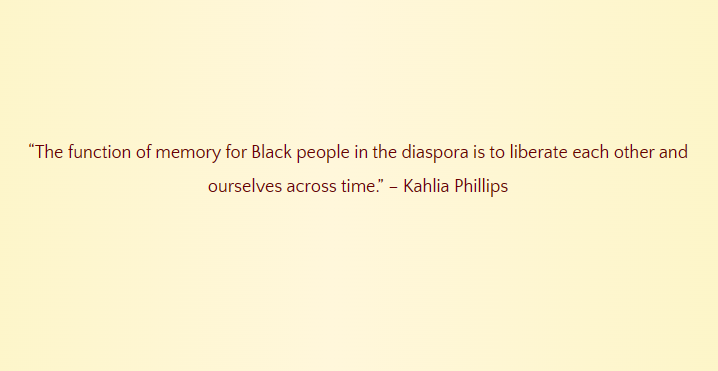We Stay Lockin’ Up The Heauxs: Abolitionist Thoughts on Combating Black Sexual Shame
This article was published on June 2, 2023, via Black Feminist Collective. Here’s an excerpt of the piece.
“In I’ve Got to Make My Livin’, Dr. Cynthia Blair discusses the social outcasting of Black sex workers in Chicago, but also the contributing factors to their overrepresentation in prostitution arrests. When sex districts across Chicago were closing down in the 1910s, the sex trade industry began to thrive in the Black Belt area of Chicago as the city was undergoing major demographic and living space changes amongst Black and White people. Amongst Black reformers and leaders in Chicago, this increased concentration of prostitution in the Black Belt further raised concerns about the dangers of vice districts on the morals of impressionable young women and youth of their communities. Beyond the social outcasting of Black sex workers in Black communities, their overrepresentation in prostitution arrests speaks to larger issues with the carceral state. Dr. Blair writes, “African American women tended to work in areas of the trade most vulnerable to police harassment.” This vulnerability was created because of Black sex workers not having the money and protection of vice syndicates. (Vice syndicates are crime organizations that were able to protect their vice enterprises with the help of politicians and police.) A lot of Black sex workers worked together, often sharing living spaces, independently to avoid male control over their wages and the financial obligations of syndicates. Black sex workers were also involved in interracial sexual exchanges as they sometimes had white male clients which made them targets in efforts to police sexual commerce and miscegenation. The ostracizing of Black sex workers in Black communities and the lack of political/economic support in the sex trade industry made them perfect targets for criminalization.”
